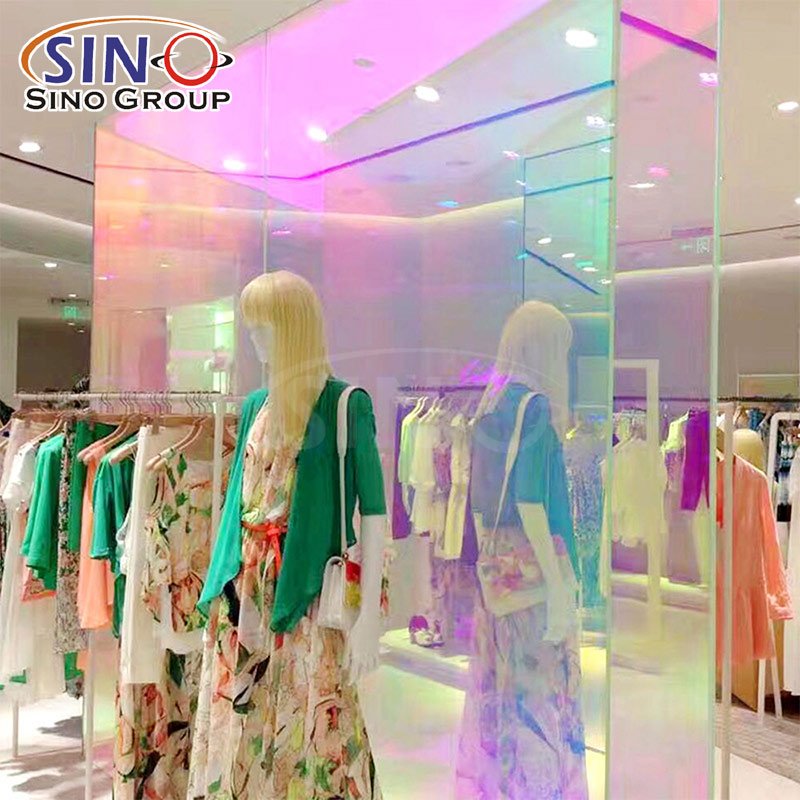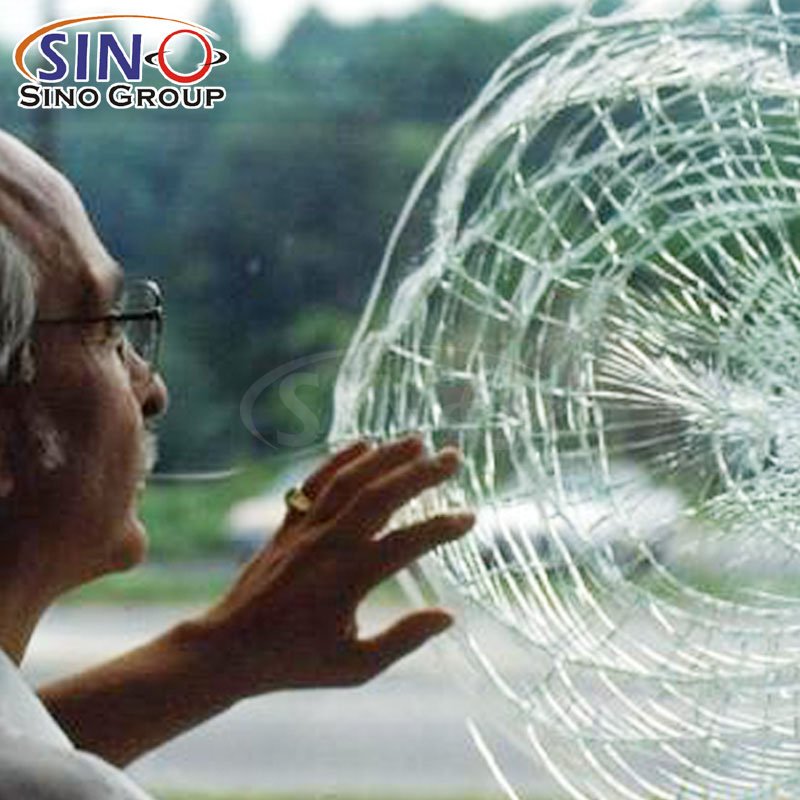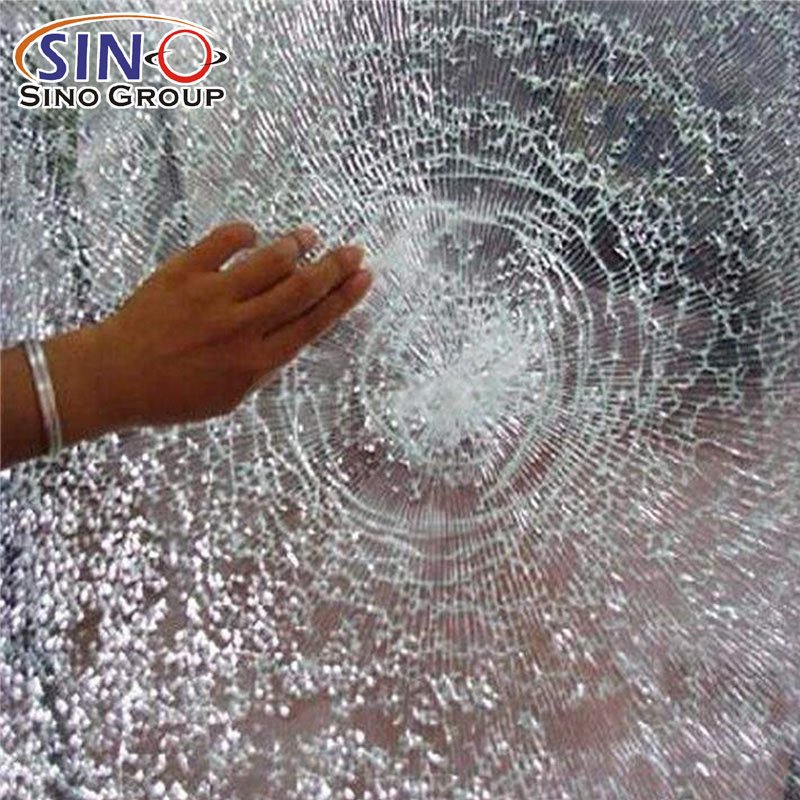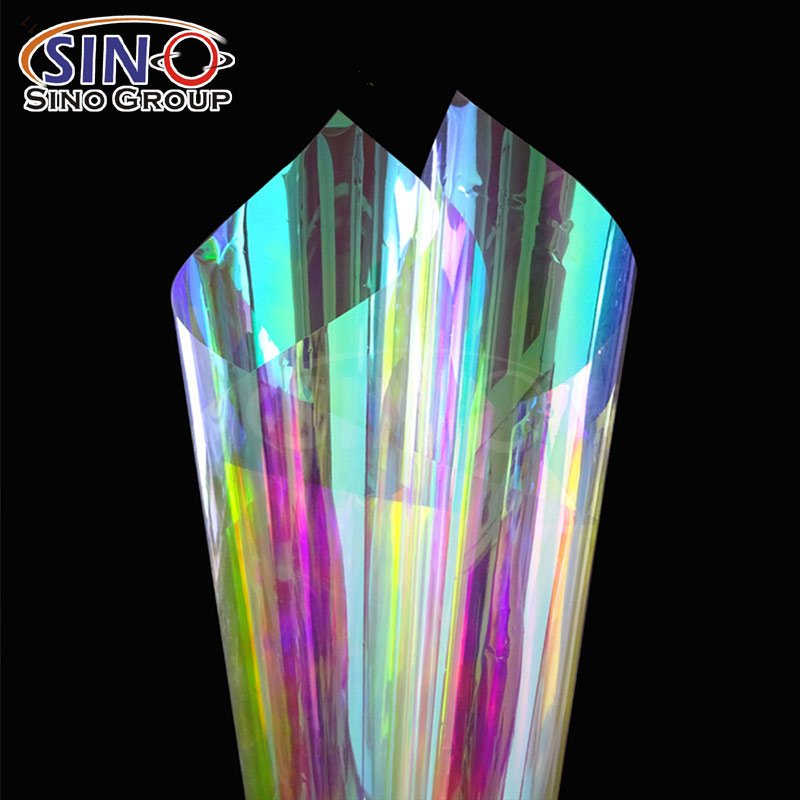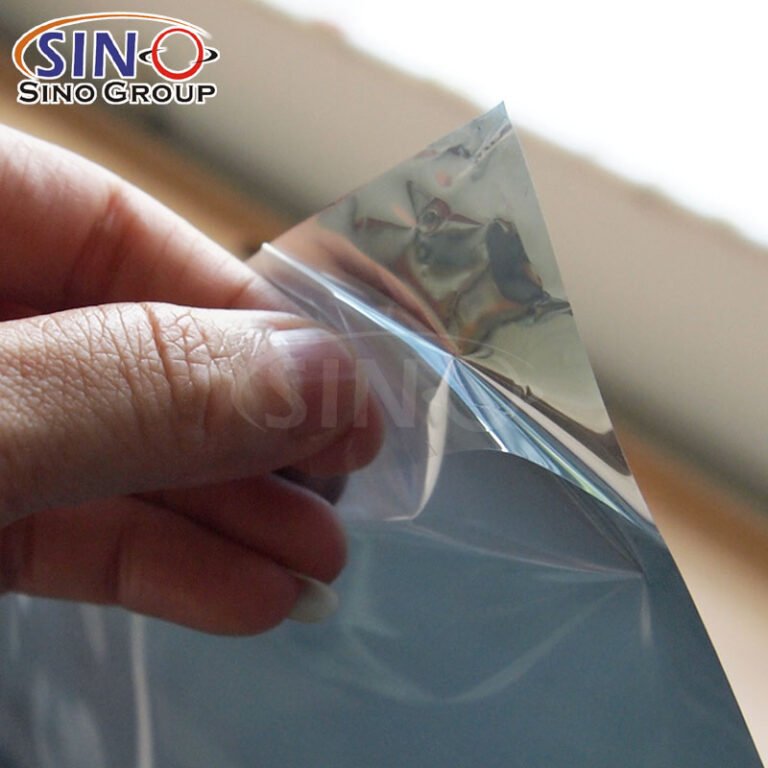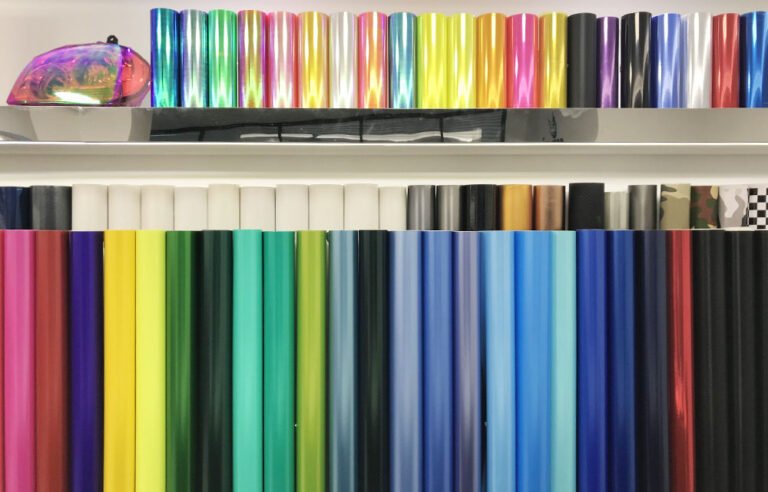Techniques and Methods in Vintage Stained Glass Production
Traditional methods and techniques used in creating vintage stained glass involve skilled craftsmanship and careful attention to detail. Two primary methods are commonly employed: the leaded glass technique and the copper foil technique.
Leaded Glass Technique:
1. Design and Cartoon Creation:
– The process begins with the creation of a detailed design, often referred to as a “cartoon.” This serves as a blueprint for the stained glass window.
2. Glass Selection:
– Artisans select individual pieces of colored glass based on the design. These pieces are usually cut into specific shapes using glass cutters.
3. Cutting and Shaping:
– Glass cutters are used to score the glass, after which it is carefully snapped along the score lines to create the desired shapes.
4. Assembly with Lead Cames:
– Lead cames, which are H-shaped strips made of lead, are used to join the individual pieces of glass together. The lead cames are cut and bent to match the contours of the glass pieces.
5. Fitting and Soldering:
– The glass pieces are fitted into the lead cames, ensuring a snug fit. The joints where the lead cames intersect are then soldered together. This reinforces the structure and provides stability.
6. Cementing and Glazing:
– To further strengthen the window and prevent rattling, a cement mixture is applied to the joints. This mixture is then worked into the gaps using special tools. After drying, excess cement is removed, and the window is cleaned.
7. Finishing and Patination:
– The lead cames are often treated with a chemical patina to give them a uniform appearance. This can darken the lead and enhance its visual appeal.
Copper Foil Technique (Tiffany Technique):
1. Design and Cartoon Creation:
– As with the leaded glass technique, the process begins with the creation of a detailed design or cartoon.
2. Glass Selection and Cutting:
– Colored glass is selected and cut into the desired shapes using glass cutters. However, in the copper foil technique, the edges of each piece are wrapped with a thin strip of adhesive-backed copper foil.
3. Foiling:
– The copper foil is carefully wrapped around the edges of each glass piece. This creates a surface that can be soldered.
4. Tinning and Soldering:
– The foiled pieces are placed together, and the joints are soldered using a soldering iron and solder. This creates a secure bond between the glass pieces.
5. Patination and Cleaning:
– After soldering, the piece may be treated with a chemical patina to give the solder lines a uniform appearance. The window is then cleaned to remove any residues.
6. Framing and Installation:
– The finished stained glass panel may be set into a frame or incorporated into a larger architectural structure. It’s then installed in its intended location.
Both techniques require a high level of skill, precision, and artistic sensibility. The choice between leaded glass and copper foil technique depends on factors such as design complexity, desired visual effect, and the intended use of the stained glass. Each technique has its own unique aesthetic qualities and applications.
